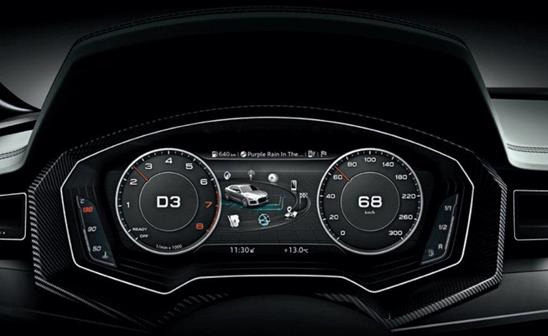German automaker Audi is set to equip its future vehicles with three new in-vehicle systems powered by the NVIDIA Tegra Visual Computing Module (VCM) from NVIDIA.

The three systems include a connected infotainment system; the world's first automotive-grade tablet fully integrated into the car's infotainment system; and a high-resolution digital cockpit with 3D graphical displays.
These systems are powered by highly flexible platforms, Tegra VCMs. The VCMs incorporate an automotive-grade NVIDIA Tegra mobile processor with an NVIDIA 4-Plus-1 core CPU, a multi-core GPU and audio, video and image processors.
The platforms enable carmakers to slide the most current processors into their electronics systems, allowing faster evolution of in-vehicle systems as newer hardware becomes available.
Audi will introduce its next-generation infotainment platforms in its 2015 models, to be developed based on the modular infotainment platform (MIB) introduced in 2012.
Besides this, Audi has also launched a new mobile device, Smart Display. It is powered by a Tegra 4 processor and designed for rear-seat use.
It integrates with the car's audio and video systems and can withstand a wide range of operational conditions, from -40°C to 80°C, shocks and vibrations.
Audi also launched a fully digital virtual cockpit powered by Tegra 3, which will first appear in the 2015 Audi TT sports coupe. It offers clearly presented information to the driver on a 12.3 inch, HD display. It features refined digital gauges with smooth needle animation, 3D maps, and informative display.
Image: Audi's virtual cockpit powered by NVIDIA Tegra 3. Photo: Courtesy of NVIDIA Corporation.





